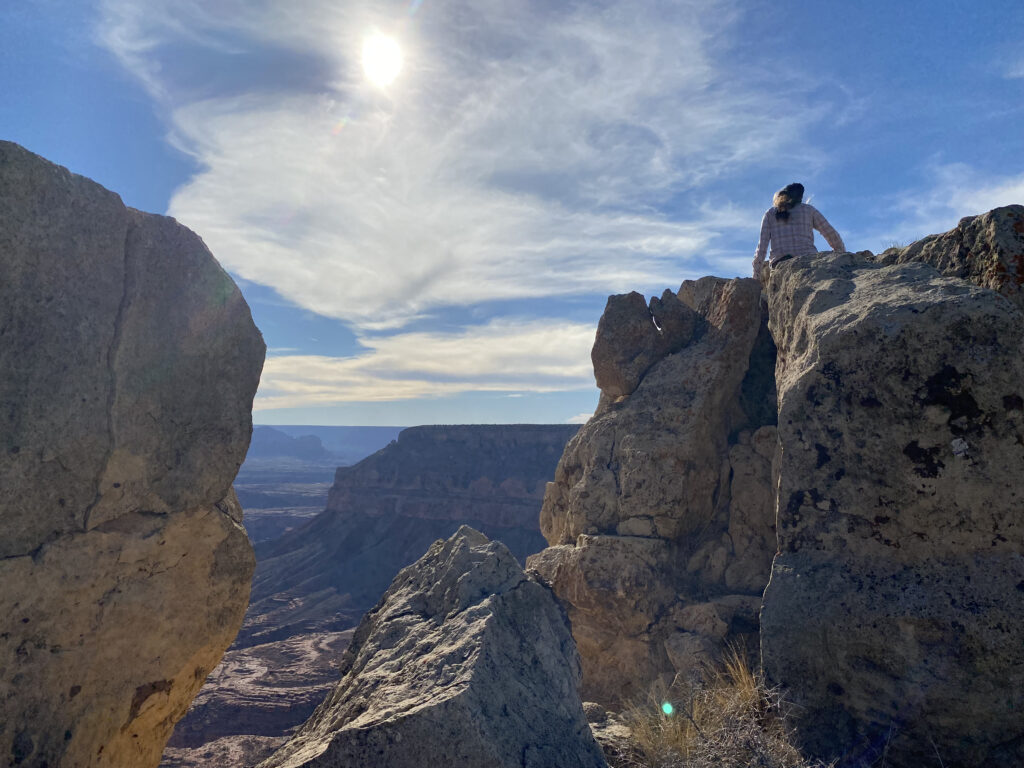
Is the legacy of grazing in the Southwest written in the DNA of plants? The introduction of large numbers of domesticated livestock by 1800s by European settlers is believed to have dramatically altered vegetative communities in the Southwest. Since few records proceeding the introduction of livestock exist, we know very little about how grazed shaped current southwestern landscapes. Relict mesas, inaccessible areas that have received little or no grazing, offer clues to what these arid and semiarid grasslands were like prior to European settlement. We visited several relict mesas in the Southwest to collect seed for trials looking at how grazing affects traits and trait expression in grassland plant species. Understanding differences between historically grazed and un-grazed plant populations may allow us to better understand how grazing changed plant communities and altered ecosystem function, in order to develop improve methodology to restore degraded rangelands.
